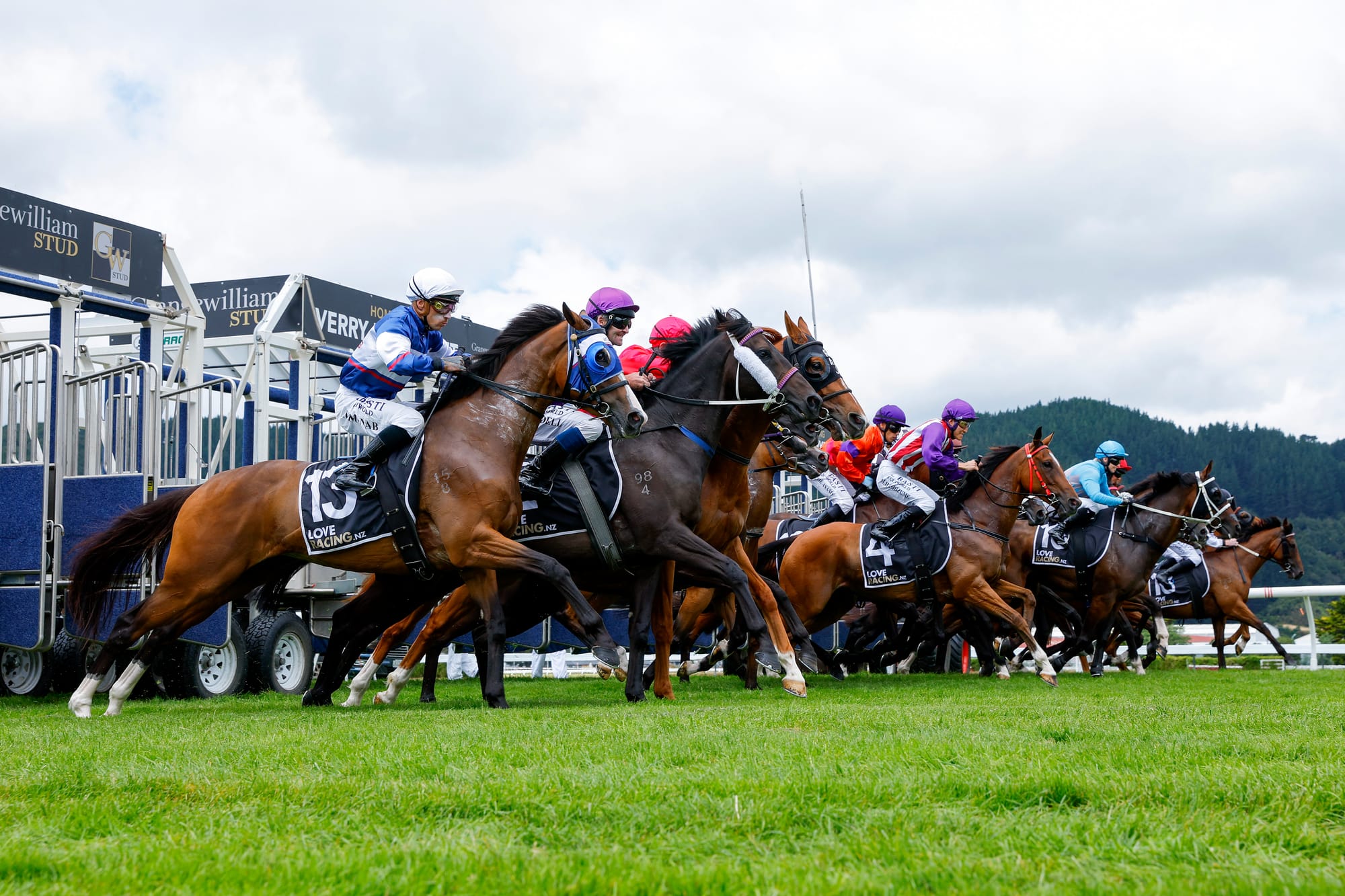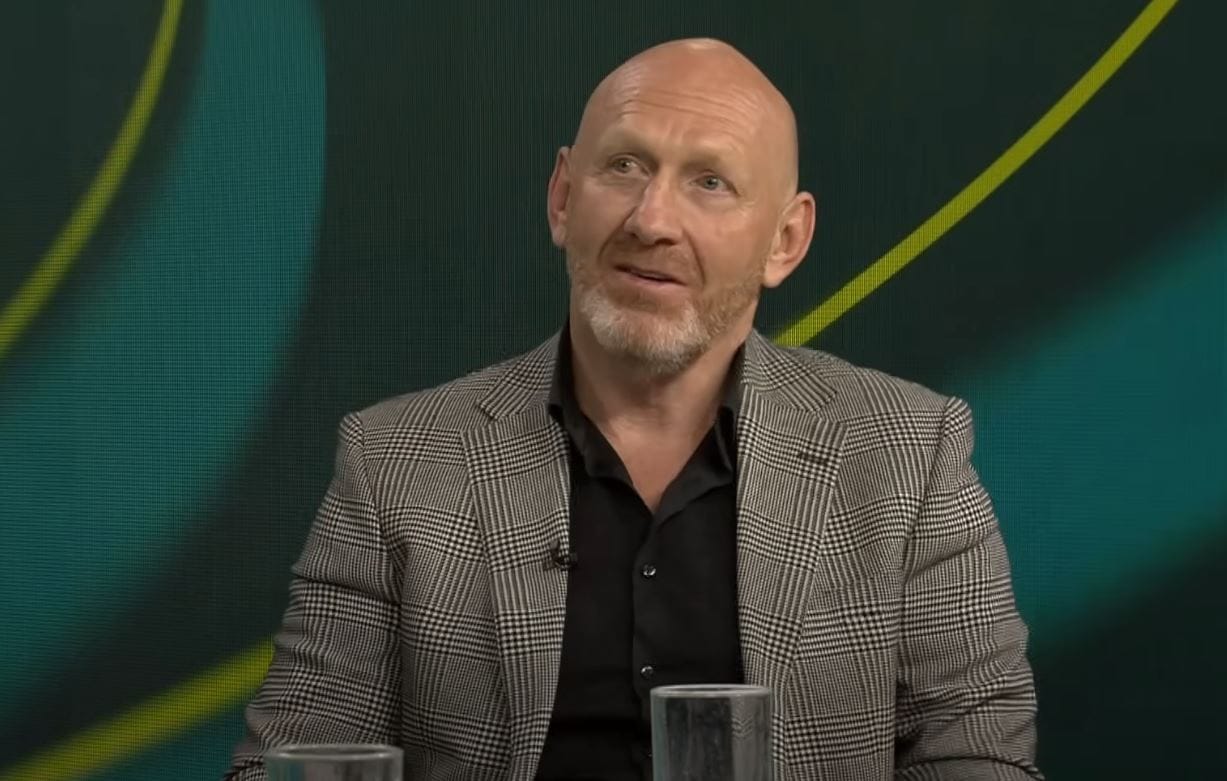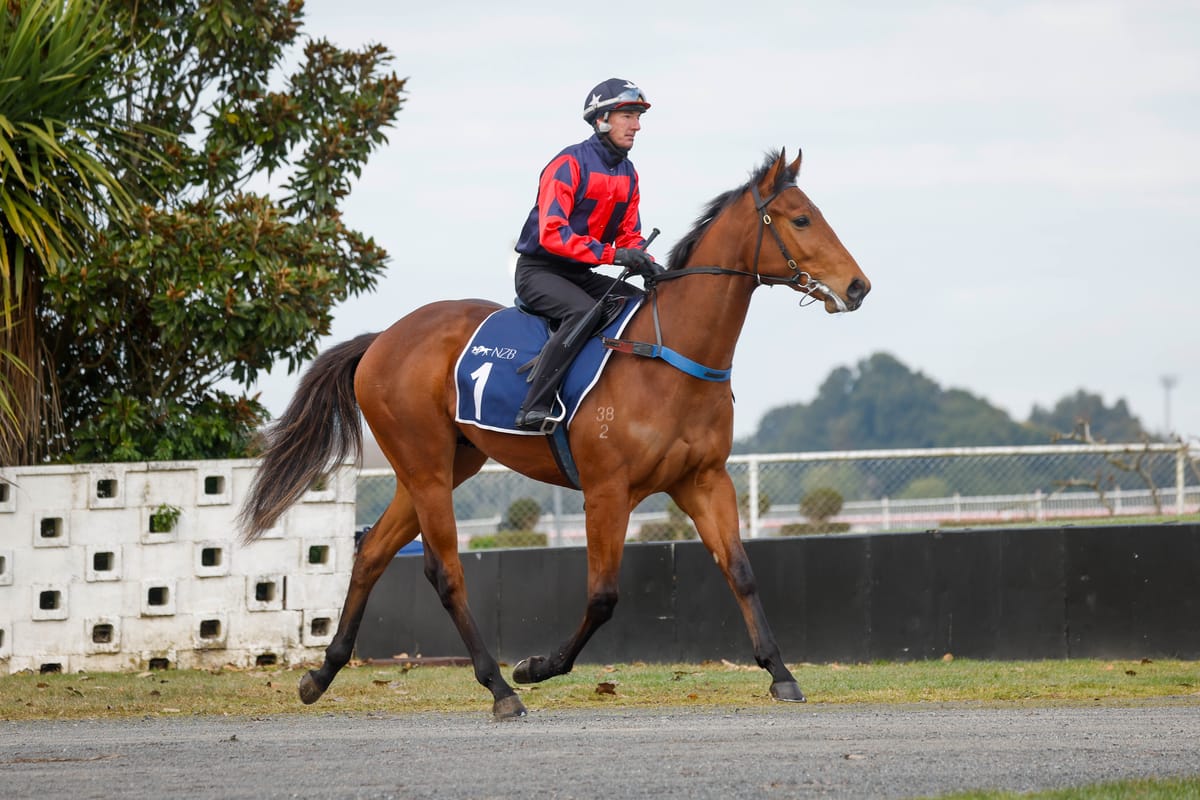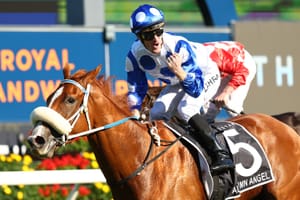New Zealand racing has been on a tear since the deal between Entain and TAB NZ was announced in May last year, but some very public “on-track” issues have highlighted the significant infrastructure challenges that need to be resolved.

Arrowfield Stud Plate race day at Hastings is the central plank of Hawke's Bay’s weight-for-age spring Triple Crown.
The feature race itself, staged over a mile and registered as the Horlicks Plate, has been won by stars of the Kiwi turf, including Melody Belle on three occasions, as well as Jimmy Choux, Seachange, Princess Coup, Miss Potential and Starcraft.
But this year’s $400,000 edition won’t be staged on a feature Saturday at Hastings, but rather a Wednesday at Matamata, 300 kms away, after a race day stumble led to the Saturday meeting being abandoned.
With the track rated a soft 5 on Saturday, there was a light sprinkle of rain on race eve which caused the problem, creating what was described as a ‘slippery’ layer that caused one runner in the opening race to temporarily lose footing.
It was the second time in three years this meeting has been moved to Matamata - in 2022 Hastings was washed out – and it highlights the challenges which still exist despite the considerable investment Entain has made in the New Zealand racing industry.
The prize money tap may have been turned on – NZTR announced a $20.3 million boost soon after the NZ TAB deal, while a host of other initiatives, including the NZB Kiwi, have begun – but many of the core issues identified by the Messara Report in 2018 are yet to be resolved.
Among the recommendations made by Messara was “to improve the Race Club management skills of CEOs and senior staff and to lift the NZTR minimum acceptable standards for racecourses in terms of the presentation of racing tracks, training tracks and facilities infrastructure.”
“Increased attention should also be given to ensuring the adequate training of all Race Club staff and, in particular, track maintenance personnel,” it read.
Bruce Sharrock, chief executive of New Zealand Thoroughbred Racing, spoke to journalist Mick Guerin on his Guerin Report programme earlier this week, saying while he was awaiting a final report on what specifically went wrong at Hastings, Saturday’s events did speak to a worrying trend.
“There is a consistent theme here that is concerning. As we know with some of our infrastructure around the country, it's been under-invested for decades,” he said.
“And potentially, Hawke’s Bay is in that boat where we have to make significant investment to ensure that it continues to race consistently and safely.”
The issues are serious enough that Saturday week’s Group 1 Livamol Classic, one of the highlight races of the New Zealand spring and the final leg of the Triple Crown, has been moved to Te Rapa.
The issues at Hastings appear to extend far beyond just drainage, with the camber of the track drawing scrutiny as well.
“We have to now seriously look at what investment and what we can do to ensure that the venue is safe to continue racing,” Sharrock said.
That is a fairly serious statement about a supposed Group 1 racetrack. You can imagine the uproar if the same was said about Randwick or Flemington in Australia.
And things get worse once you get on the other side of the rail. Guerin confirmed that the grandstands at Hawke’s Bay are not earthquake compliant and may need to be demolished. The club has been considering whether it just restarts somewhere else, but at what cost?
“There's a large investment required at Hawke's Bay,” Sharrock said.

This is not just a Hawke’s Bay problem. It speaks to a broader challenge around underinvestment in maintenance and facilities at New Zealand racetracks.
It also speaks to how New Zealand race clubs have been run for generations. That ‘community’ governance and how it impacts the running of race clubs is something that Messara identified.
“Gone are the days where we can rely on a group of volunteers to prepare a track safely because the health and safety requirements are so much greater today than they were a decade ago, let alone 50 years ago, that we need to get with the program and we need to collaborate and come together to make it work,” Sharrock told Guerin.
That challenge of club governance versus broader industry interests is something that extends beyond New Zealand. The club versus PRA tension is something that has been very real in Australia in recent times.
The models may be different but there is much to be learned, especially by New Zealand when it comes to its new corporate wagering reality.
Australia is a long way further down the corporatisation path and while there has been a doubling of wagering in the space of 10 years and Australian racing has arguably never had as much money as it has right now, so many aspects of the thoroughbred industry are struggling.
The prioritisation of prize money over investment and maintenance of facilities has led to a divide between the haves and have nots, and broader dissatisfaction that too few have benefitted, especially now the wagering worm has turned.
One wagering trend where it appears New Zealand are ahead of Australia is in the move towards sports betting over racing, with Guerin reporting that sports turnover eclipsed that of racing last month.
Under the 25-year strategic partnership, the racing codes currently sit alongside 38 national sporting organisations when it comes to funding considerations.
That puts NZTR in a delicate position, needing money to re-invest in its product but without the market share to demand it.
That could become especially important if the NZ government enacts geo-blocking, which would trigger a further $100 million payment from Entain.

Sharrock argues that racing has a much higher infrastructure requirement and “a disproportionate amount in my view should be coming to this code”.
“Why? Because this code also has the profile to raise the tide on racing as a whole in this country and so for me the board of the TAB needs to pick its winners commercially and look to where it can invest that money strategically to get the best outcomes for the racing industry as a whole and I'd like to think we're at the front of the queue,” he said.
The great positive of the Entain/TAB NZ deal is that at least there is a queue to get to the front of.
But the disrepair left by previous models makes rebuilding an expensive exercise and words like “maintenance” don’t do much when it comes to marketing.
However, the costs of not getting these things fixed mean having to hold a rescheduled $400,000 Group 1 race on a Wednesday, something that can not be good for anyone’s bottom line.








